|
|
本帖最后由 小米 于 2012-9-4 13:56 编辑 / x* S& _# {1 i: ~ \! |
- Y G4 N& e) m |7 V1 Q y | DSH 630 | Measure of "touch current" passing through protective impedance/ K/ L- b2 |& U! F! c
| H.8.1.10.1
$ l6 X5 T. f5 a- ` | 60730-1(ed.3);am1;am20 o) j* T4 L$ t" \$ s
|
; k% v: Z( @7 bQuestion:
: G% `8 i6 O1 xIn measuring current passing between accessible parts connected to hazardous live parts via protective impedance, the procedure stated in the standard is the following (sub-clause H.8.1.10.1):) V( }, P+ x" m9 W
“Voltages and currents are measured between a single accessible part (or any combination of such parts) and either pole of the supply source.”
, w8 u w0 n4 ?; k$ F" g9 lIn a control to be incorporated in appliances where parts at extra-low voltage are connected to earth (PELV circuit connected to live parts through protective impedance), investigation on touch current shall be made against both poles of the supply source.1 A+ \" E7 s* \4 ?' q' ?* w: V
Making measurement of the touch current between an accessible PELV part and the line may result in stressing those components placed between protective extra-low voltage and the earthed reference.. The result will be a short circuiting of these weak components and applying 230 V, ac directly to the measuring network. In this case the major part of the current does not pass through the protective impedance and the peak current will be higher than 0,7 mA (peak value) which constitutes a failure of the test
+ I, d# ?5 P$ J: P& O$ M! I( c+ N% @ [Is this the correct methodology to follow?
9 w0 n( @8 N7 TDecision:
: h1 k" S1 t: }3 z7 }; n6 c" B4 ?Clause H.8.1.10.1 of IEC 60730-1 addresses protection against electric shock due to a non-isolated circuit and therefore, the reference point shall be to the earthed (neutral) conductor rather than "either pole of the supply". This is consistent with the text of clause 5.1.4 of IEC 60950-1.
3 M" v7 d, y- u& y# i
8 o9 q7 B6 o2 A8 W4 X; X: o4 H7 g3 x) x# O6 [
|
本帖子中包含更多资源
您需要 登录 才可以下载或查看,没有账号?注册安规
x
|



 窥视卡
窥视卡 雷达卡
雷达卡 发表于 2012-9-3 15:36
发表于 2012-9-3 15:36
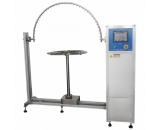





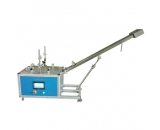

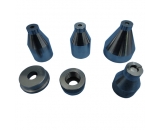






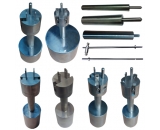
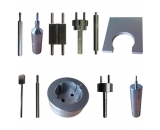
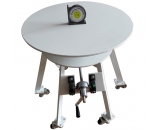
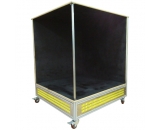

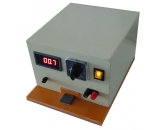
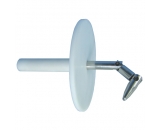

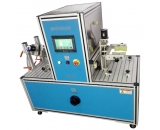
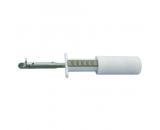
 提升卡
提升卡 置顶卡
置顶卡 沉默卡
沉默卡 喧嚣卡
喧嚣卡 变色卡
变色卡 抢沙发
抢沙发 千斤顶
千斤顶 显身卡
显身卡













